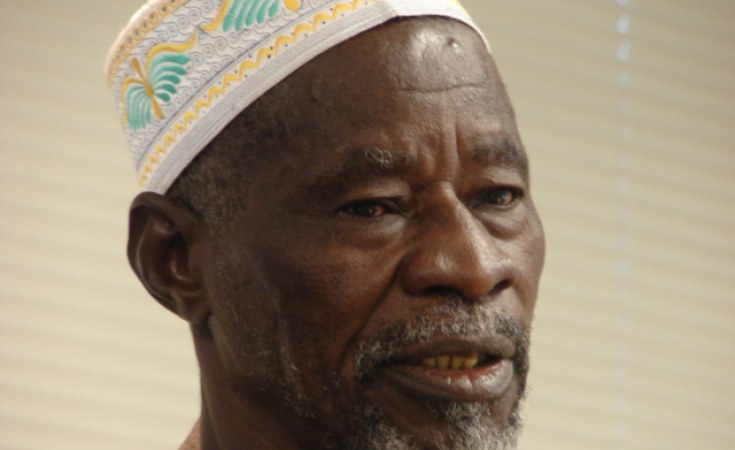Washington, DC — Yacouba Savadogo is a farmer, community leader and natural resource innovator from the village of Gourma, in the Yatenga Province of Burkina Faso. Yacouba began to experiment with planting pits and contour stone bunds (small dikes) in order to produce more sorghum and millet on his degraded land in 1979 after observing other farmers use similar techniques through an Oxfam program. By digging deeper pits and adding manure, he brought land back into production. After trees grew spontaneously in the pits, he began to protect them. His barren land was steadily turned into a forest with diverse, useful tree species. For many years, Yacouba has organized events to exchange seeds and ideas, and to train other farmers. [This introduction reprinted from Oxfam America's: "The Other Green Revolution: How Farmers Reclaimed the Desert to Create an Agricultural Future for Africa".] AllAfrica talked to Yacouba Savadodo, who spoke through a translator.
There was a time in my village when life became very difficult, very complicated because of the drought. The land, the trees - everything - was dry, and the animals died. It was so difficult that many people left the village, but I decided to stay and find a solution. I spent years in the bush reflecting how to survive.
That was why I was obliged to find a technique to conserve water and to grow trees so as to survive. When I was spending those years in the bush, many people thought I had become crazy; that I was not normal. But I was looking for a solution; I was reflecting. When I found the solution, then people understood why I stayed to reflect.
At that time, many people saw my technique was working because, they could see the quantity of cereal I was able to harvest every year. Then people who had left the village came back.
If you come to my village today, you can see for yourself that there are many people who have come back to learn my technique. In the past, I was not known in my village or my country. Now I am a teacher of this technique. Because of this technique, I've been recognized by presidents [Thomas] Sankara and Blaise Compaore [of Burkina Faso]. I've been to Italy, and I've also been recognized by CILSS [Comité permanent Inter-Etats de Lutte contre la Sécheresse dans le Sahelas] as the best farmer in the Sahel.
"Zai" in my language means to start early, because the rainy season had become shorter in the Sahel. If you want to have a good yield you have to start early and that's the meaning of Zai. It consists of making a hole with a hoe. Once you've made the hole, you add organic manure, in order to provide a source of nutrients for plant life. And the manure attracts termites, whose tunnels help break up the soil further. Once the rainy season comes, you can collect water in this hole. Usually when it rains, it can rain for 20 or 30 minutes on a day. After that you may have to wait a long time before the next rain comes. But with this technique of digging holes, you can collect the water until the next rainfall. In short, this is a technique of water conservation.
Normally the hole is about 30 cm in diameter and the depth is about 15. It can be bigger or smaller depending on the land.
In the past I was very poor. But I can now say that because of Zai I am now a rich man and can provide for my family and myself.


